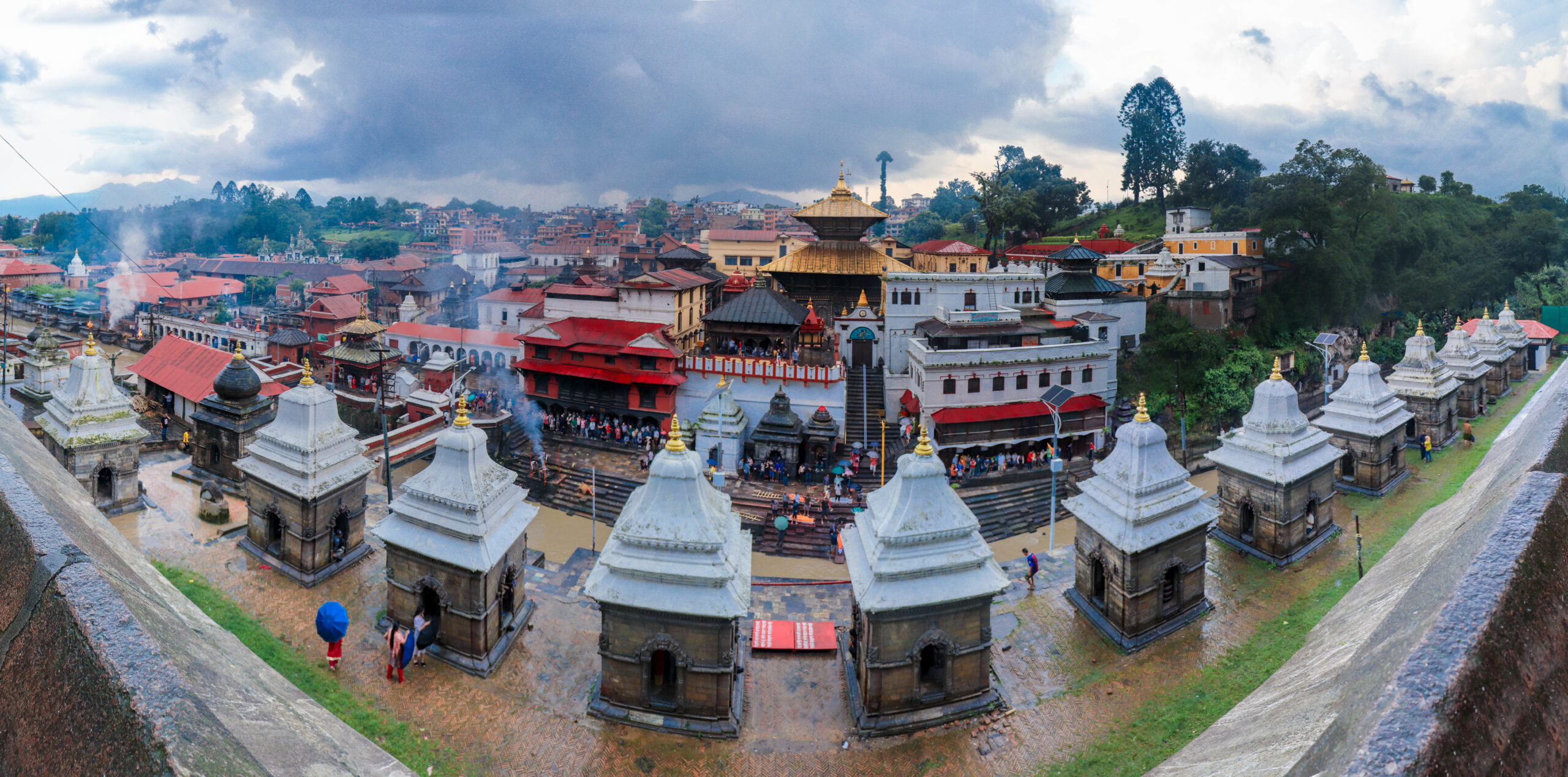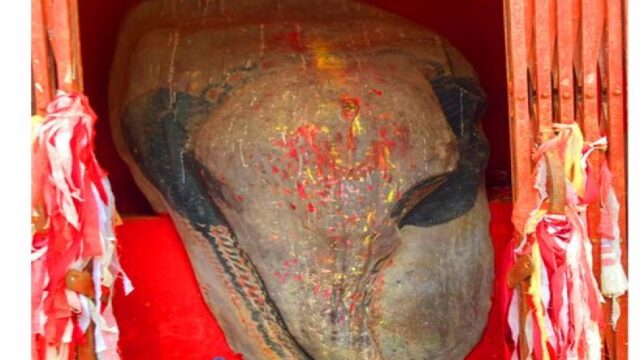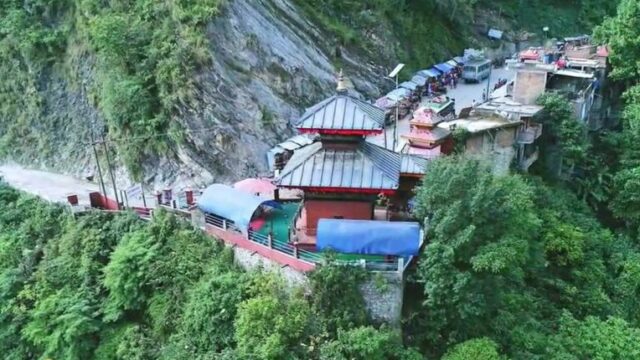Pashupatinath, the spiritual heart of Kathmandu, is more than just a religious destination it’s a beautiful blend of faith, art, and culture, offering a place for renewal and inner peace. Nestled by the peaceful Bagmati River and surrounded by lush hills, the temple dedicated to Lord Shiva holds deep spiritual significance and ancient legends.
Spanning 246 hectares filled with temples, monuments, and ashrams, Pashupatinath feels like an open-air museum of devotion and introspection. A UNESCO World Heritage Site since 1979, it draws Hindu devotees and those seeking enlightenment from around the world.
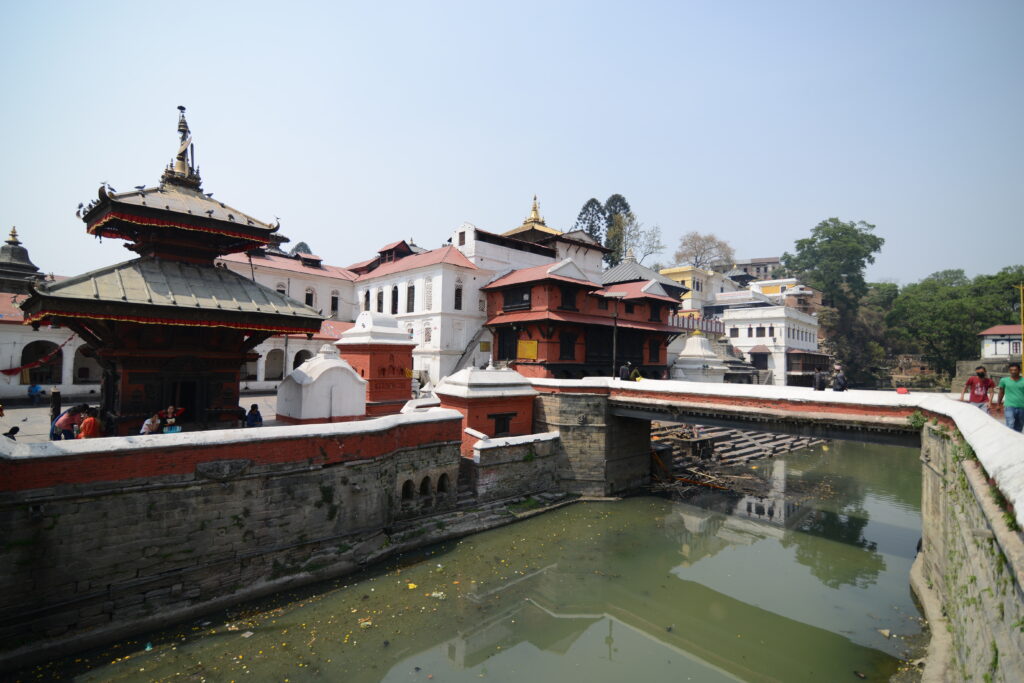
During the grand festival of Maha Shivaratri, the temple becomes a perfect spot for spiritual reflection. Pilgrims believe that visiting this sacred place brings blessings and liberation, freeing them from the cycle of life and death.
Maha Shivaratri
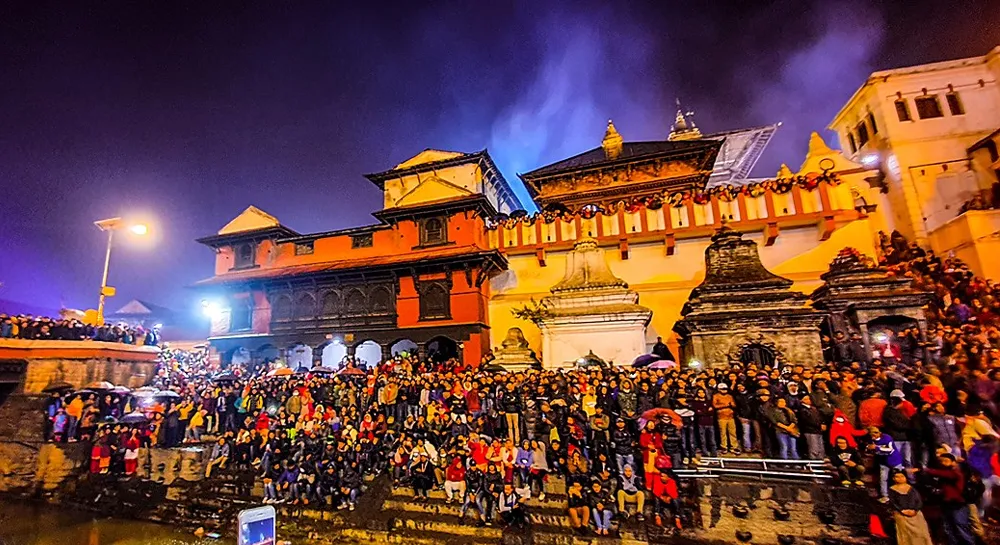
Pashupatinath is a popular pilgrimage destination, attracting visitors year-round who seek spirituality and self-reflection. With its rich mythological history, the temple is home to the sacred Shiva lingam, protected by four large silver doors. Devotees believe that paying homage to it brings blessings and success.
The best time to visit is during the Shivaratri festival, celebrated as the Great Night of Shiva. This event marks the marriage of Lord Shiva and Parvati and is full of mythical significance. On this special day, the temple is beautifully decorated with flowers and lights, and the air is filled with the scent of wood apple leaves, milk, and flowers, all favorites of Lord Shiva. Devotees fast, chant prayers, meditate, and engage in spiritual practices throughout the night, symbolizing the victory over darkness and ignorance.
During the festival, many sadhus, saints, and spiritual seekers from across India gather at the temple, adding to the unique atmosphere. There are also musical concerts and other spiritual events, like the classical music concert at Kirateshwar Mahadev Temple, which creates a peaceful and uplifting environment for everyone.
Temples and Ashrams
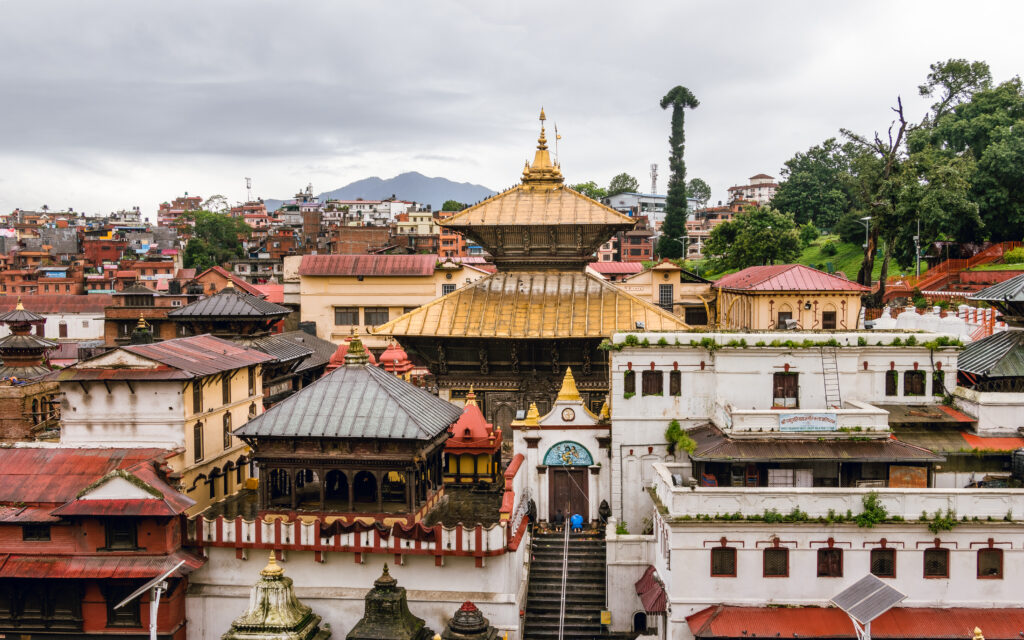
Pashupatinath Temple is not just a spiritual site, but also an important place for art historians. It showcases different temple designs, including Dome, Pagoda, and Shikhara styles. The main temple is a stunning architectural work and holds great significance for Hindu devotees.
Around the main temple, you’ll find various other temples, statues, ashrams, ghats, and sculptures. The site features ancient statues made from stone, metal, and wood, with beautiful carvings of gods and mythical creatures on the pillars, doors, and structures.
The Pashupatinath area stretches from the main temple to the Guheshwori temple and includes many other famous temples like Bhuwaneshwori, Dakshinamurti, Tamreshwor, Panchdewal, and Bishwarupa. Each temple has its own rituals and traditions.
Every corner of the Pashupatinath area is home to a temple, big or small, and each has its own set of regular rituals performed by priests. Exploring these temples offers a wonderful opportunity to learn about history and religion.
Sacred Rituals and Activities
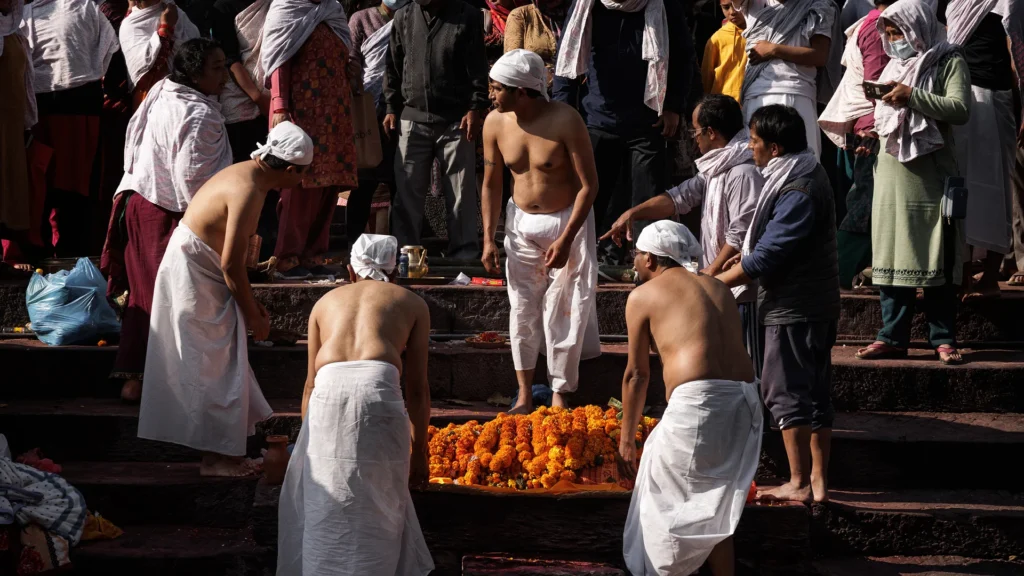
Pashupatinath is famous for its evening Aarati ceremony at Bagmati Ghat, which adds a special spiritual vibe to the city. Aarati is a powerful prayer ritual where light from oil lamps is offered to God, accompanied by chanting sacred mantras. Three priests lead the ceremony, using lamps and lanterns, creating a peaceful and meditative atmosphere.
The hour-long prayers and bhajans during Aarati help to connect people spiritually and are believed to be for the welfare of all humanity. The ceremony ends with prayers for the wellbeing of every living being and gratitude towards God.
The sight of burning pyres at Bagmati Ghat makes visitors reflect on life beyond the physical world. Some followers even perform the divine dance of Lord Shiva, known as Tandav, during Aarati. On Mondays, in the holy month of Shrawan, and during festivals like Maha Shivaratri, the number of visitors increases to witness this magical ceremony.
There are many other rituals at Pashupatinath that offer spiritual learning and personal connection to the divine. The sounds of prayers and mantras create a calming and transcendent experience.
Pashupatinath is not just a temple but a place for inner peace and spiritual awakening. Visit Pashupatinath Temple during Maha Shivaratri and experience its divine spiritual energy.
